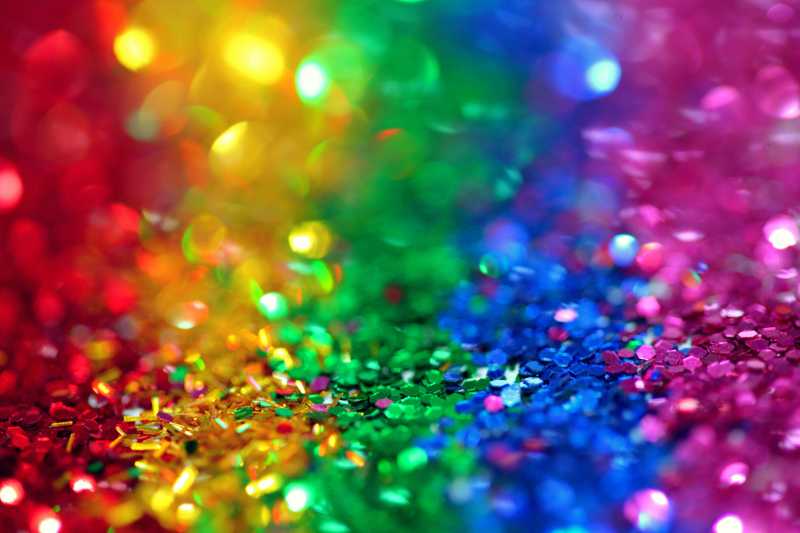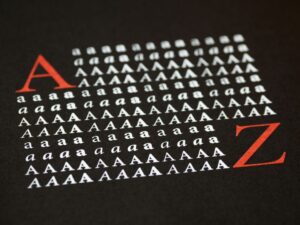In the digital landscape, the significance of color psychology in web design cannot be overstated. As a company formerly known as CYTNET, INC, we have spent years perfecting the art of graphic design and programming to help brands like yours stand out. Color is not just an aesthetic choice; it plays a crucial role in influencing user behavior and perceptions. By understanding how different colors evoke emotions and reactions, businesses can create websites that not only attract visitors but also convert them into loyal customers.
At our firm, we recognize that a well-designed website goes beyond functionality; it must also resonate with your target audience. Our extensive experience working with renowned companies such as Moishes Moving and Deep Sea Cosmetics has taught us the importance of integrating color psychology into our custom web development projects. Whether you need a corporate website, an e-commerce solution, or a content management system, our dedicated team is here to ensure that your site reflects your brand identity while effectively engaging users.
Join us as we explore the profound impact of color psychology on web design, and discover how the right color choices can enhance user experience, drive conversions, and ultimately help your business thrive in the competitive online marketplace.
Understanding Color Associations and Their Influence on User Behavior
Color is an essential element in web design that significantly influences user behavior and perceptions. Understanding how different colors evoke specific emotions and associations can help designers create more effective and engaging websites. Each color carries its own set of meanings and cultural connotations, which can vary widely across different demographics and contexts. For instance, blue is often associated with trust and reliability, making it a popular choice for financial institutions and corporate websites. In contrast, red can evoke feelings of excitement or urgency, often used in calls to action or promotional banners.
Research has shown that color can impact user behavior in measurable ways. According to a study by the Institute for Color Research, people make a subconscious judgment about a person, environment, or product within 90 seconds of initial viewing, and between 62% to 90% of that assessment is based on color alone. This statistic underscores the importance of color in web design, as the right color scheme can enhance user engagement and conversion rates.
Different colors can also influence how users interact with a website. For example, warm colors like red, orange, and yellow tend to create a sense of urgency, which can be beneficial for e-commerce sites looking to drive sales. On the other hand, cool colors like blue and green are often perceived as calming and can encourage users to spend more time on a site, which is particularly useful for content-driven platforms.
Moreover, color associations can be culturally specific. For instance, while white is often associated with purity and weddings in Western cultures, it can symbolize mourning in some Eastern cultures. Therefore, understanding the target audience’s cultural background is crucial when selecting a color palette for a website.
The psychological effects of color can also extend to brand perception. A well-chosen color scheme can help reinforce brand identity and values. For example, brands like Coca-Cola use red to convey excitement and energy, while brands like Facebook use blue to promote a sense of trust and community. This strategic use of color can enhance brand recognition and loyalty.
Incorporating color psychology into web design not only improves aesthetics but also enhances functionality. A well-designed color scheme can guide users through a website, highlighting important information and calls to action. For instance, using contrasting colors for buttons can make them stand out, encouraging users to click and engage with the content.
To effectively utilize color in web design, it is essential to consider the following factors:
- Target Audience: Understand the demographics and cultural background of your audience to choose colors that resonate with them.
- Brand Identity: Align your color choices with your brand’s values and personality to create a cohesive identity.
- Emotional Impact: Select colors that evoke the desired emotional response from users, whether it’s excitement, trust, or calmness.
- Accessibility: Ensure that color choices are accessible to all users, including those with color vision deficiencies.
- Consistency: Maintain a consistent color scheme throughout the website to enhance user experience and brand recognition.
In conclusion, understanding color associations and their influence on user behavior is a vital aspect of web design. By leveraging color psychology, designers can create websites that not only look appealing but also drive user engagement and conversions. As you embark on your web design journey, consider how the colors you choose can shape user perceptions and behaviors, ultimately leading to a more successful online presence. For more insights on effective web design strategies, visit our about page or explore our blog for the latest trends and tips. If you have any questions or need assistance, feel free to contact us.
Choosing the Right Color Palette for Effective Web Design
When it comes to web design, the color palette you choose plays a crucial role in conveying your brand’s message and influencing user behavior. Color is not just an aesthetic choice; it is a powerful tool that can evoke emotions, create associations, and drive actions. Understanding color psychology is essential for selecting the right colors that resonate with your target audience and enhance the overall user experience.
To begin with, it is important to recognize that different colors can evoke different feelings and reactions. For instance, blue is often associated with trust and professionalism, making it a popular choice for corporate websites. Green, on the other hand, symbolizes growth and tranquility, which is why it is frequently used by brands in the health and wellness sectors. Red can evoke excitement and urgency, making it effective for calls to action, while yellow is often linked to optimism and creativity. By understanding these associations, you can strategically select colors that align with your brand identity and the emotions you wish to evoke in your visitors.
Moreover, the context in which colors are used can significantly impact their effectiveness. For example, a vibrant color palette may work well for a creative agency, while a more subdued palette might be better suited for a financial institution. It is essential to consider your target audience and the message you want to convey when choosing your color scheme. Conducting research on your audience’s preferences and cultural associations with colors can provide valuable insights that inform your decisions.
Another critical aspect of color selection is the principle of contrast. High contrast between text and background colors improves readability and accessibility, ensuring that your content is easily digestible for all users. This is particularly important for web design, where users may quickly scan content rather than reading it in detail. Using contrasting colors can help draw attention to key elements, such as buttons or important information, guiding users through your site effectively.
In addition to contrast, harmony within your color palette is vital. A harmonious color scheme creates a cohesive look and feel, enhancing the overall aesthetic appeal of your website. You can achieve harmony by using color theory principles, such as complementary colors, analogous colors, or monochromatic schemes. Tools like color wheel applications can assist in visualizing how different colors interact with one another, allowing you to create a balanced and visually pleasing palette.
Furthermore, it is essential to consider the psychological impact of color combinations. Certain color pairings can evoke specific emotions or reactions. For instance, a combination of blue and orange can create a sense of balance and energy, while green and brown may evoke feelings of stability and earthiness. Experimenting with different combinations can help you find the perfect mix that aligns with your brand’s personality and the message you want to communicate.
When developing your color palette, it is also beneficial to keep in mind the principles of branding. Your color choices should reflect your brand’s identity and values. Consistency across your website and other marketing materials is crucial for building brand recognition and trust. If your brand is known for its vibrant and playful personality, your color palette should reflect that. Conversely, if your brand is more serious and professional, a muted color scheme may be more appropriate.
In the digital landscape, accessibility is another critical factor to consider when choosing your color palette. Ensuring that your website is accessible to all users, including those with visual impairments, is not only a legal requirement in many jurisdictions but also a best practice for inclusive design. Tools that simulate color blindness can help you evaluate your color choices and ensure that your website is usable for everyone.
Lastly, testing and iteration are key components of selecting the right color palette. Once you have developed a color scheme, it is essential to gather feedback from users and analyze how they interact with your site. A/B testing different color combinations for buttons or calls to action can provide insights into what resonates best with your audience. Continuous improvement based on user feedback will help you refine your color choices and enhance the effectiveness of your web design.
In conclusion, choosing the right color palette for your website is a multifaceted process that requires careful consideration of color psychology, audience preferences, and design principles. By understanding the emotional impact of colors, ensuring contrast and harmony, and aligning your choices with your brand identity, you can create a visually appealing and effective web design. Remember to prioritize accessibility and engage in testing to optimize your color palette continually. For more insights on effective web design strategies, feel free to explore our about page or check out our marketing resources. If you have any questions or need assistance, do not hesitate to contact us.
In conclusion, the impact of color psychology on web design is profound and multifaceted. Colors evoke emotions, influence perceptions, and can significantly affect user behavior. By understanding the psychological effects of different colors, designers can create websites that not only capture attention but also foster engagement and drive conversions. Whether it’s the calming blues that instill trust, the energetic reds that provoke action, or the cheerful yellows that inspire optimism, each color choice plays a crucial role in shaping the user experience. As we continue to explore the intersection of psychology and design, it becomes increasingly clear that thoughtful color selection is not just an aesthetic decision but a strategic one that can enhance usability and strengthen brand identity. By leveraging the principles of color psychology, web designers can craft more effective, appealing, and user-friendly websites that resonate with their target audience.





